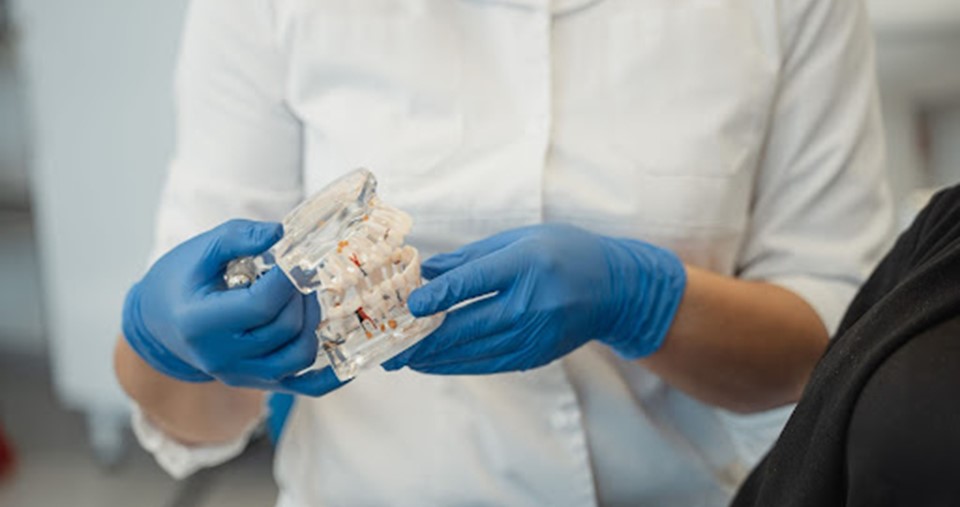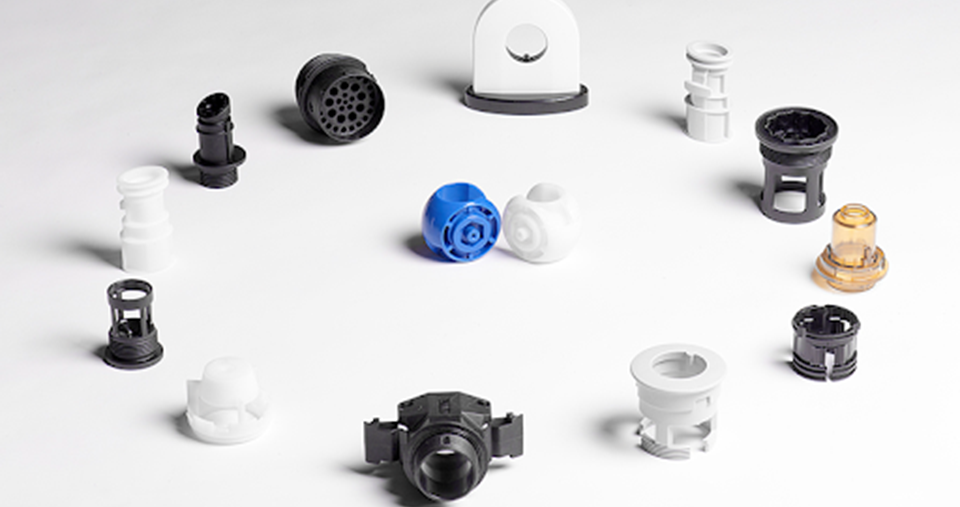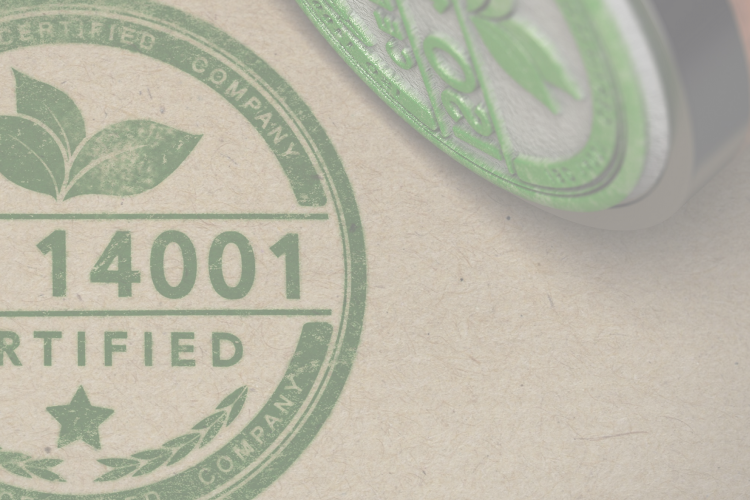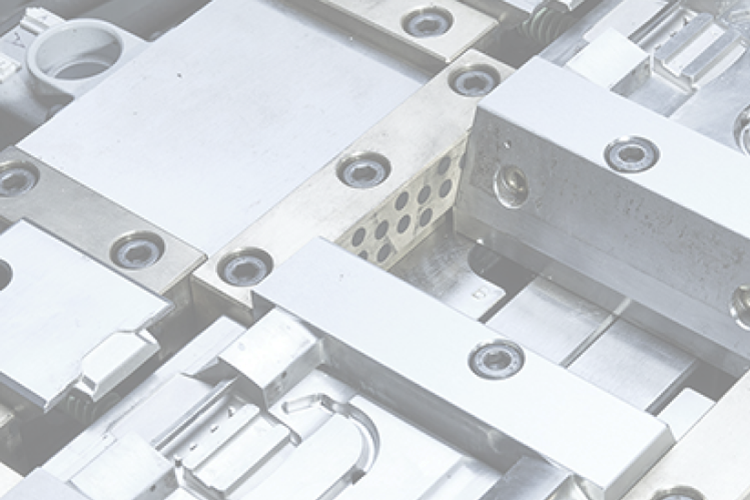What is Plastic Injection Molding? Process & Benefits Explained
At Idea Stampi, we pride ourselves on being experts in plastic injection molding, a process widely used in various industries to produce high-quality plastic components. In this guide, we will walk you through the basics of what plastic injection molding is, how it works, and why it’s a critical manufacturing technique for many industries.
Learn more about:

How plastic injection molding works
Plastic injection molding is a highly versatile and widely used manufacturing process designed to produce plastic parts in large quantities. It involves injecting molten plastic material into a mold cavity, where it cools and solidifies to take the shape of the mold. This technique is favored for creating everything from small components to larger assemblies and is prevalent across industries such as automotive, medical, and electronics.
Plastic injection molding works by using a high-pressure injection process to force molten plastic into a precisely shaped mold. The mold itself is designed to match the dimensions and geometry of the part to be produced, ensuring accuracy and repeatability in manufacturing.
The step-by-step plastic injection molding process
Here’s a breakdown of the key steps involved in the plastic injection molding process:
- Clamping - The mold, which consists of two halves, is securely clamped together to withstand the pressure of the injection process.
- Injection - Molten plastic is injected into the mold cavity at high pressure through a nozzle.
- Cooling - The plastic cools inside the mold and solidifies into the desired shape.
- Ejection - Once cooled, the mold opens, and the part is ejected using pins or air blasts.
- Finishing - Any excess plastic, known as flash, is trimmed off, and the product is inspected for quality.

Common polymers used in plastic injection molding
In plastic injection molding, a wide variety of polymers are used, each offering different properties suited for specific applications.
Among the most commonly utilized materials are:
- Polypropylene (PP) - This lightweight polymer is often used in food containers because it doesn’t release chemicals when in contact with food. It also has excellent durability and chemical resistance, making it suitable for high-performance applications.
- Polyvinyl Chloride (PVC) - Known for its toughness and chemical resistance, PVC is frequently used in applications requiring resistance to environmental factors. However, special precautions are needed when molding PVC due to its chlorine content, which can make the process more complex.
- Thermoplastic Polyurethane (TPU) - This material is known for its excellent resistance to wear and abrasion, making it a reliable option for producing components that need to retain flexibility and strength even in low temperatures.
- Engineering Polymers (Technopolymers) - These high-performance polymers, such as polyamides and polycarbonates, offer great dimensional stability and mechanical properties even at elevated temperatures, making them essential in industries like automotive, medical, and electronics.
These polymers can be tailored with additives, fillers, and reinforcements to enhance their properties for specific industrial needs.
Learn about the diverse polymer injection molding solutions used across industries.
Advantages of plastic injection molding
Plastic injection molding offers numerous benefits, making it the go-to method for producing complex plastic components.
These benefits include:
- High efficiency in production - once the mold is created, the process is incredibly fast, allowing for mass production.
- Consistent quality and precision - the technique delivers parts with high accuracy and uniformity, essential for industries such as automotive and medical.
- Versatility of materials - different types of thermoplastics can be used, allowing for flexibility in part properties.
- Reduced waste - injection molding produces minimal scrap material, as excess plastic can often be reused.
- Low labor costs - the high level of automation in plastic injection molding reduces the need for manual labor, cutting down on operational costs.
Discover the 6 key advantages of plastic injection molding.
Plastic injection molding manufacturing: precision and efficiency at scale
The key to successful manufacturing in this field lies in the quality of the molds and the expertise in material selection. For example, engineering polymers such as polycarbonates and polyamides are often used to create parts that require high heat resistance and mechanical strength. Industries like automotive, medical, and electronics heavily rely on this manufacturing method for producing high-performance components that meet strict quality standards.
At Idea Stampi, we specialize in plastic injection molding manufacturing, providing end-to-end solutions. With decades of experience and expertise in working with high-performance polymers, we deliver exceptional quality and precision, supporting clients across multiple sectors with reliable and innovative manufacturing solutions.
Contact us today to learn how we can support your next project and deliver reliable, innovative plastic components tailored to your specific needs.
Contact us





